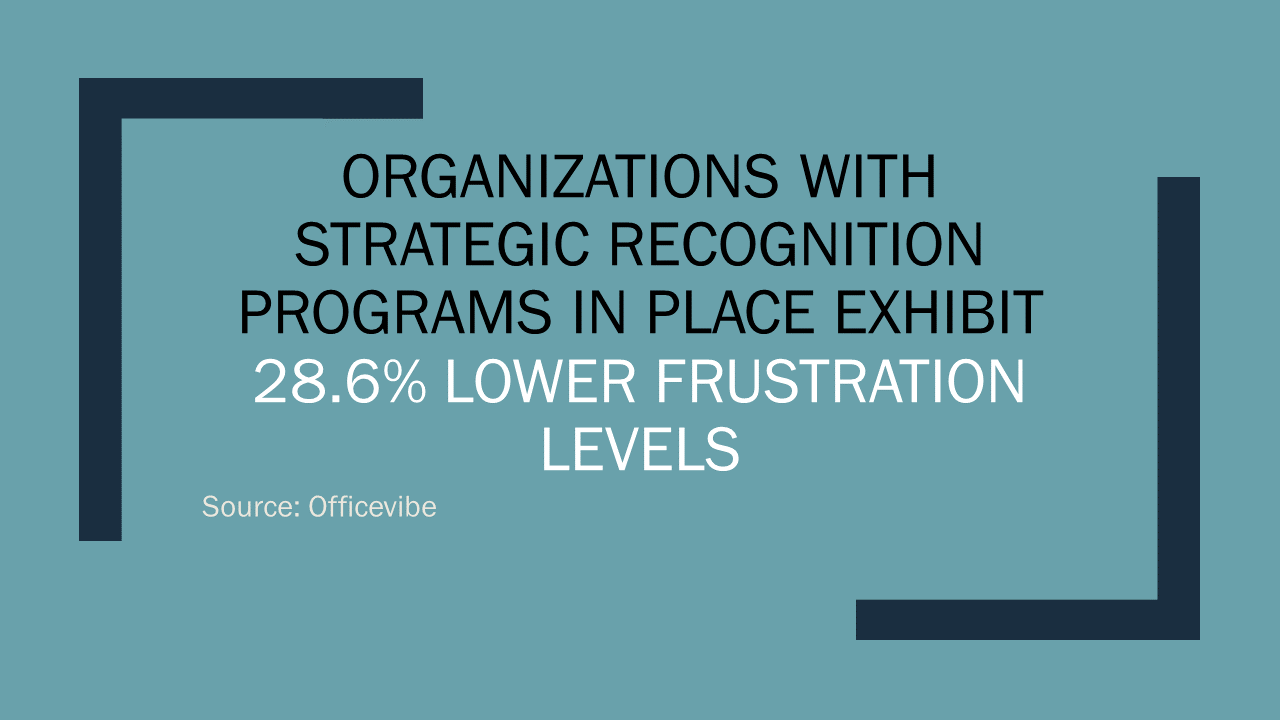Logo-imprinted canvas bags or thank you notes? Gift certificates or online spaces where employees can recognize their colleagues’ actions that made their co-workers’ work-lives better? Free pizza for lunch or company groups that connect motorcycle enthusiasts?
Okay, those are trick questions. The answer is, of course, both, not either. Tangible and intangible rewards have long been valid ways for savvy employers to recognize worker accomplishments and contributions, especially on the first Friday of March, which has been Employee Appreciation Day for the last 25 years.
For HR strategists whose primary directive is to attract and retain the best talent and to engage and motivate people to bring their best selves to work, every day should include behaviors that make it feel like an Employee Appreciation Day. Just maybe without all the stuff.
“Sometimes the stuff loses its appeal and can almost feel burdensome,” says Rachel Light, director of Global Employee Experience at Cornerstone On Demand, the cloud-based learning and talent management company. “But what I truly find inspires me are words of affirmation and being recognized for a job that I’m doing well.”
See also: The importance of distinguishing appreciation from recognition
That’s a theme shared at many other companies, including 15Five, an employee performance management platform company.
“People in general crave to feel valued and [have] a sense of belonging,” says Heidi Collins, vice president of People Operations at 15Five. “To do this, you have to cultivate a culture of psychological safety, for the person to really feel of value. When someone has executed something you asked them to do, instead of simply saying thank you, share how it impacted you, why it was so helpful. It’s a way to show appreciation that isn’t generic and won’t be insincere.”
At Cornerstone, this year’s Employee Appreciation Day will kick off a monthlong #EmployeeAppreciation campaign on the company’s employee online space, allowing employees to share good stories about each other. It’s a strategy designed to particularly engage remote employees, who make up about 39% of Cornerstone’s workforce.
“There will be a living space where people can make notes about someone that they care about, something that they’ve done for them, a way they’ve had an impact on their career, and why they appreciate them,” Light says.
Read also: Coronavirus: Why employers need to strike a balance on communication
Collins says that beyond Employee Appreciation Day, one of the biggest HR challenges to improve employee appreciation is consistency. “When we train our managers, we have a checklist for things to check in on a daily basis, weekly basis, monthly basis, yearly, etc. We have things that are important to do regularly because this is how you keep your employees motivated and valued.”
Telling managers explicitly what the company expects can feel like extra work to some managers, but it’s about driving home the message that it’s not just about team performance but also about the manager’s ability to care about, support and coach team members, Collins says.
“Sometimes we feel like we have to spend a lot of money or time to make people feel appreciated and seen, but it’s simpler than that, and we need to consistently provide this appreciation/gratitude. Tools like 15Five are helpful, but really as long as you are keeping up with your people regularly, they will know you care,” Collins adds.
Light notes that Cornerstone spends a lot of time making sure policies and benefits meet the personal needs of employees. “We know that in order for an employee to be appreciated, we actually need to appreciate them as a person and a human being,” she explains. “So we need to understand who they are at their core before we attempt to offer them great perks or benefits at the office.”
That’s one reason the company’s employee affinity groups go beyond business-related categories such as diversity and inclusion to topics that tap into people’s personal passions, such as the motorcycle enthusiasts’ group.
“The result of a beautiful employee resource group like this is that they wind up sharing different rides that they’ve been on [and] pictures of their experiences,” says Light, whose company’s workforce spans 21 markets in 15 countries. “Something like riding a motorcycle that would never come up in a business discussion has allowed people around the world to connect in ways they never imagined.”
She adds, “We realized that we need to take care of the whole person and because of technology these days, people are taking their work home with them. So we really have become more open to them bringing what feels like home to the office.”
More HRE coverage of Talent Management
That brings up the idea of free food … and beyond, says Light. “Food is always a way to people’s hearts, so we want to ensure that they feel the love, but the truth is that we don’t limit our efforts to an Employee Appreciation Day. In order to run a successful company, we need to ensure that our employees feel appreciated every day. I’m constantly trying to gather feedback and input from them to ensure that we’re keeping up with what they desire and to ensure that our attempts to appreciate and to show how grateful we are doesn’t get stale as the employee changes or their objectives change.”
Finally, Collins notes that basic politeness and social niceties can go farther than you think to develop a culture of appreciation.
“When reaching out and asking for info from employees or asking them to do something,” she suggests, “especially over instant messaging apps or email, it makes a difference to start off with a nice greeting to make it more human, like, ‘How’s your day,’ [or] ‘How was your trip?’ Acknowledging people can make the world of a difference.”
And that can make every day a true Employee Appreciation Day.



